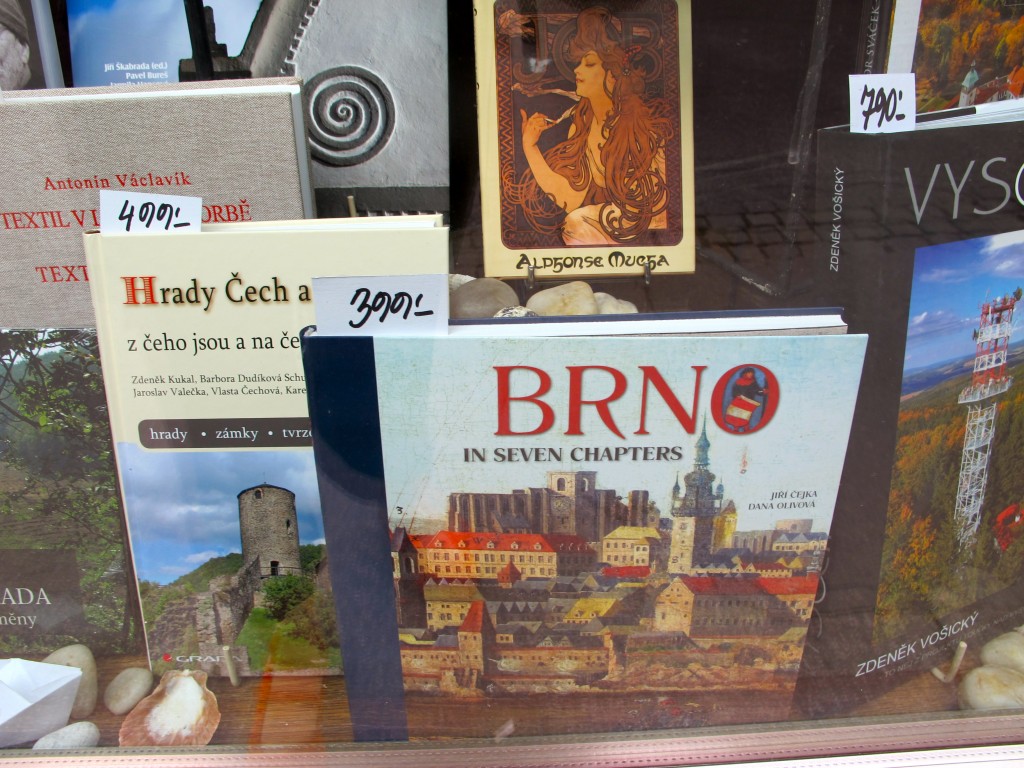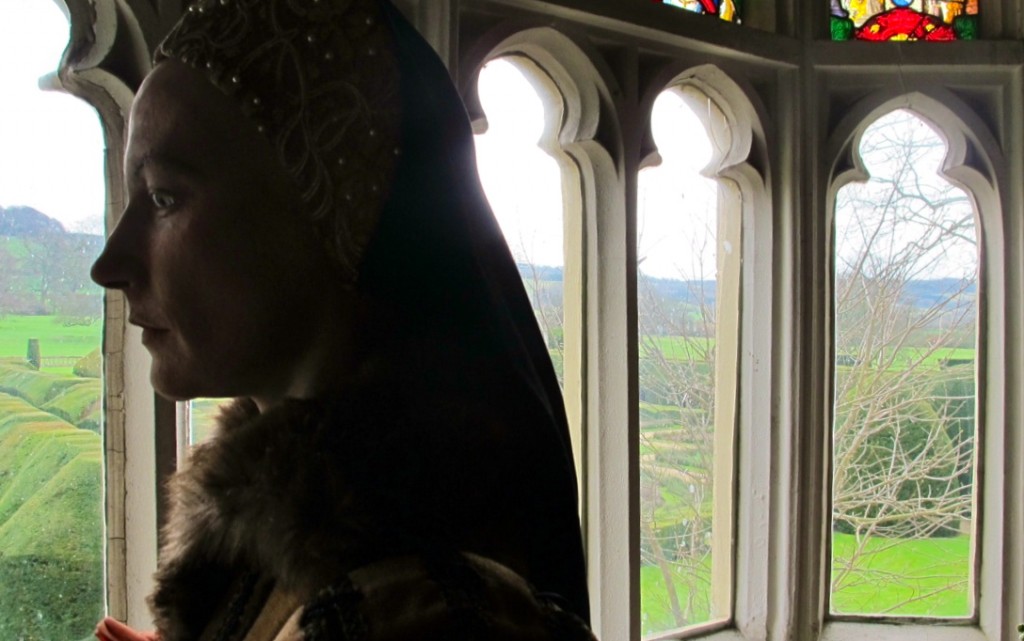STOCKHOLM, SWEDEN – The tattoo parlour in the Stockholm neighbourhood where The Girl With the Dragon Tattoo lives is abuzz with the sounds of sharp instruments puncturing flesh, but no one is getting a winged creature imprinted on this day.
As we walk through the narrow ancient streets where the fictional character in Stieg Larsson’s bestselling trilogy Millennium series stomped around in her kick-ass boots, the other members of the tour group and I are playing a game.
We are trying to guess who among the young girls we pass during our walking tour of this working class neighbourhood would have a dragon tattoo. Our conclusion is this Stockholm district is home to many Lisbeth Salanders, many Mikael Blomkvists. Almost anyone we spot could be a crusading journalist like Blomkvist or a computer hacker like Salander.
Until Lisbeth Salander pushed her out, the most famous resident in the working class neighbourhood of Södermalm was Hollywood movie idol Greta Garbo. A statue of the reclusive actress is still here but few passerbys stop to pose next to the monument.
Stockholm’s largest and most populated district is these days better known as the neighbourhood where the Millennium trilogy is set. Visitors like me are taking pictures of the 7-Eleven where Salander purchased her cigarettes, pickles and microwave pizzas and having coffee at the Kaffebar on Hornsgatan where she spots Blomkvist kissing his girlfriend.
Much of the intrigue and the action in the Millennium trilogy takes place in Södermalm, a nearly millennia old district, first mentioned in the 13th century. Once a rural agricultural area, Södermalm was mainly a working class, downtrodden neighbourhood until just a few decade ago.
With its sheer cliffs, cobble-stone streets and views of the city’s skyline, the area is an ideal place for walking with steep climbs rewarded by panoramic sights.
No longer just homes to poor labourers, Södermalm is now a neighbourhood of bohemian, alternative cultures with specialty shops selling eco and organic products and fashionable second-hand stores. One of the area’s most popular hotels, the Hotel Rival, is the brainchild of ABBA member Benny Andersson and rooms are decorated in an Art Deco retro style with famous Swedish icons from the band to Greta Garbo.
For the past few years, the Stockholm City Museum right in the heart of Södermalm has been offering 90-minute walking tours of the area pointing out real locales noted in Stieg Larsson’s trilogy.
Fans of the books already know the storyline well about government conspiracy, errant Soviet spies and mysterious pasts and family secrets. Salander, the female lead character, was based on the author’s imagining of what that other famous Swedish literary creation Pippi Longstocking would be like as a grown-up.
The trilogy was originally supposed to be as many as ten books but Larsson, a well-known leftist journalist, died suddenly of a heart attack after delivering the first three manuscripts to the publisher in 2004.
A potential fourth book, which has been kept under wraps and is the subject of fighting within Larsson’s family over his literary legacy, is believed to be set partly in the Canadian Arctic.
A Swedish version of the films were released to critical acclaim a couple of years ago with the last of the trilogy hitting theatres in March 2011.
An American remake, starring actor Daniel Craig as the journalist Blomkvist and newcomer Rooney Mara as Salander is currently being shot in Sweden.
The opening scene of the novel, which takes place at the Stockholm District Courthouse, is a short walk from Bellmansgatan 1, a building on an ancient street where Blomkvist lives in an attic apartment with a view of the water and Gamla Stan, the area known as Old Town.
Tour guide Lena Erlandsson, who offers walking tours around Södermalm in Swedish and English, says those who have read the book already know all about the places where she takes them.
The fanatics among us in the Swedish language tour on this day can quote whole passages to her. I repeat back what they say in English but we speak the same language. A few of us on the tour have brought the book along as a map. Mine is on my iPad, others have it on their iPhones.
Initially, when the first book was published, locals thought the audience would be mainly from the Scandinavian countries, but Erlandsson said the plot and the settings have captured the imagination of readers from Germany, France and Spain who were the first to become devoted followers.
In the upcoming months, Erlandsson said the demand has been such that tours will likely start in Asian languages including Japanese and Mandarin for tourists who want to see Sweden through the viewpoint of the characters from the books.
“Lisbeth Salander is a very modern girl and she is giving people from abroad a picture of the Swedish state in terms of our society, our legal system, our government and how people are coping with violence,” said Erlandsson. “In this one character, she has given people all over something to think about, of what Swedish society is like and what their own society is like. The books have become a lens into life.”
As we pass by the Greenpeace office in Södermalm, Erlandsson doesn’t need to tell us about the significance of the building. We’re already taking pictures of the spot above the Greenpeace sign where Millennium’s editorial office is supposed to be located even though in reality, the space is used for residential apartments.
One of the residents at Fiskargatan 9, one of Stockholm’s most
exclusive addresses, looks annoyed when she sees us lingering outside the entrance of the apartment building trying to peer in as she tries to enter. It’s in this building where Salander purchased a luxurious 21-room apartment after stealing millions of dollars through computer transactions.
We hold up our copies of The Girl with the Dragon Tattoo as explanation of what we’re doing and why we’re in her personal space to invade a little of her privacy. She nods warily before giving us a shrug as she enters her home.
As we move on to the next spot on our Millennium tour, we are all in agreement that none of us would want to piss off Salander and we’re all just a bit afraid of her. It explains why a fictional character can so fascinate us that we seek to walk, carefully, and at a safe respectful distance away, in her footsteps.

















